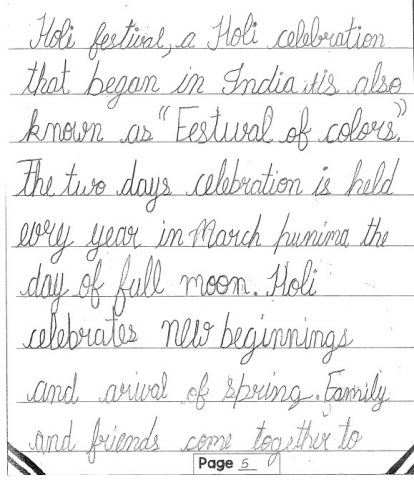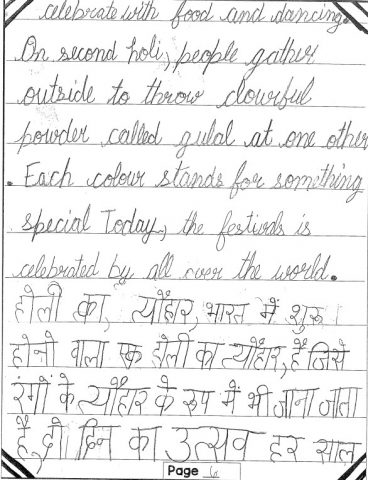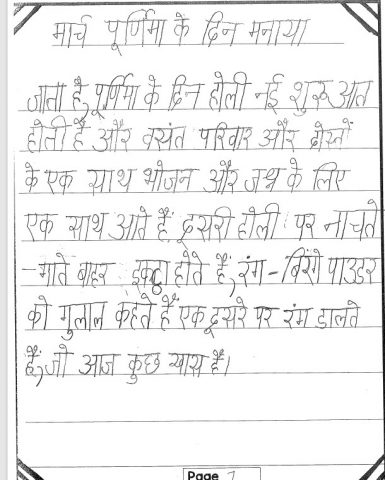Reminders
December 2-BAA Work Group-English Strategies for Social Studies
December 9-Elementary ELL in-service Meeting
December 9-Equity for ELLs Meeting #3
ELL ideas
Animated Shorts are a great activity for students because they tell a story that is accessible to most learners. I’ve used them to teach K-12 and students always find them engaging. Some of the activities you could do is a story map, act out, tableau, or summary. AI’ve created a playlist on YouTube. Some of my favorites are Hair Love, Feast, and One Small Step. Email Michelle if you would like a set of graphic organizers to go along with some of the videos. The playlist can be found here: https://youtube.com/playlist?list=PLYtxV-SNUxZA7W_EjT3NDoU4TQJ88lr5h
Another great idea comes from Sachiko Omoto at Inman Elementary. JAL Foundation is running the 17th World Children’s Haiku Contest. Poetry can be a great way to teach syllables, imagery without as much concern for grammatical structures. Deadlines for submissions is in February 2022. Information is at: http://www.jal-foundation.or.jp/en/haiku/contest2022/
Student Spotlight
Last year at Brentwood Park Elementary, ELL teacher Tas Ismail was using some of the lessons we created for the students studying from home (ELL Teams). She brainstormed wit h her students different holidays and they noticed that there weren’t books in their library for all the holidays they celebrated. The students asked Tas if they could make their own. Students were given the option to write in English or their heritage language and some students did both with help from their families. Student books are a great way to validate student voice, identity, and language as well as engaging for new writers.
Taste of SIOP
Providing Age Appropriate and Educational Background for Students
While ELL students may not have the academic language to complete grade appropriate work, they often do have the academic knowledge in their home language. Students with interrupted schooling often have life experience that may give them background knowledge of content way beyond their years. Therefore, while we need to adapt the English language, we don’t change the content of the learning. Assignments where all students can access higher order thinking, despite English level is necessary.
When planning consider:
· Student’s first language literacy skills
· Student’s second language literacy proficiency
· Student’s reading level
· Cultural and age appropriateness of the information
· Reading level of the content material
Then, you can make adaptations such as:
· Mini-lessons to provide background knowledge that is missing
· Texts adapted to teach high level content at low readability levels
· Mini-lessons to teach important vocabulary
· heritage language texts




Leave a Reply